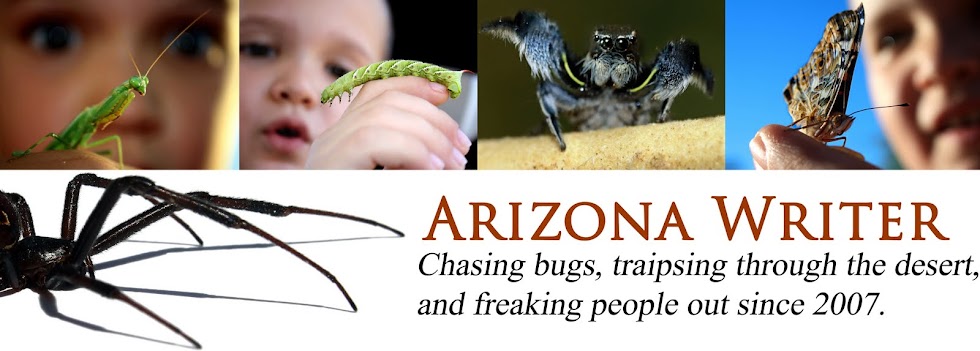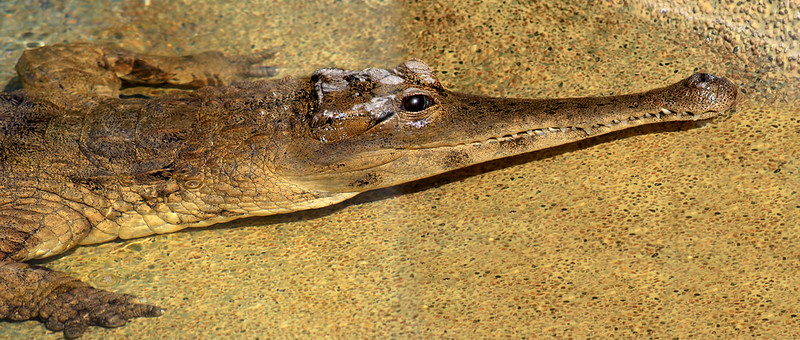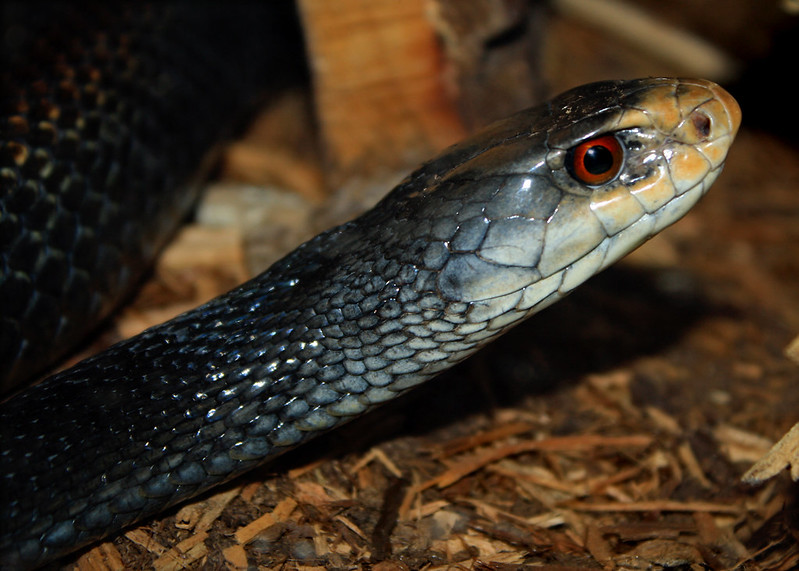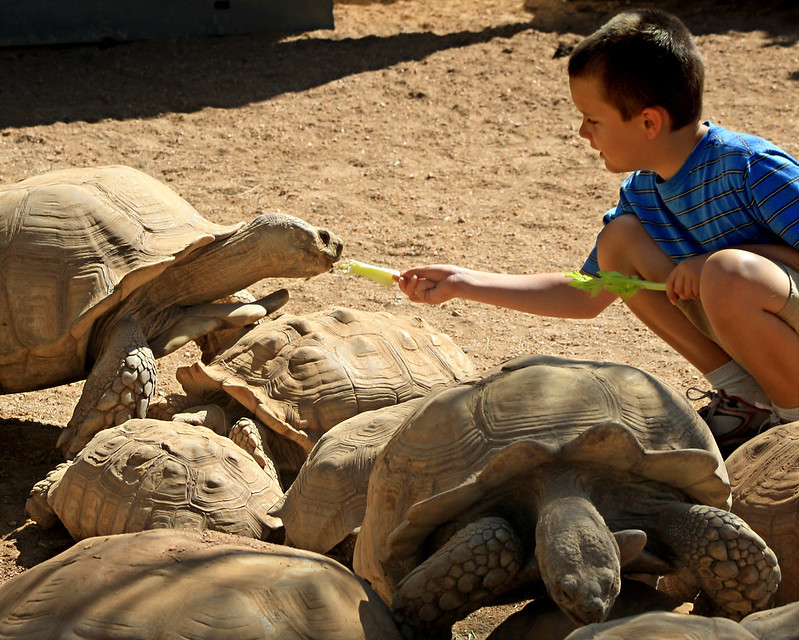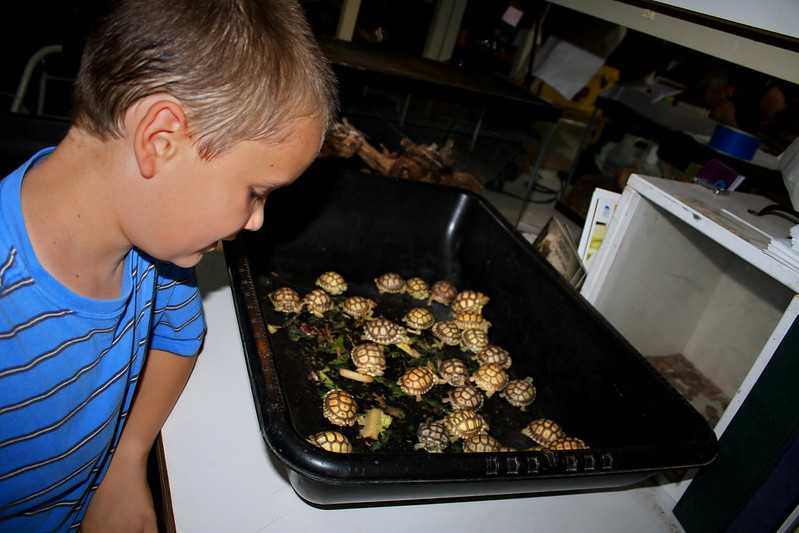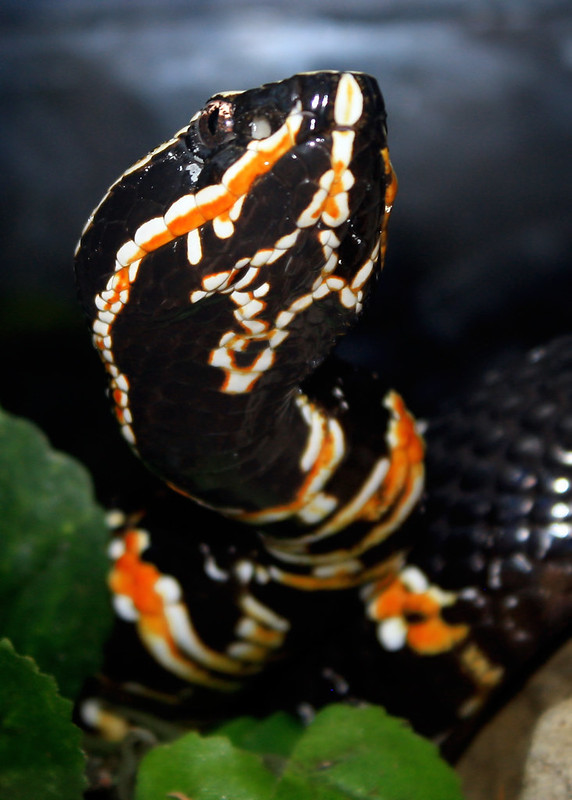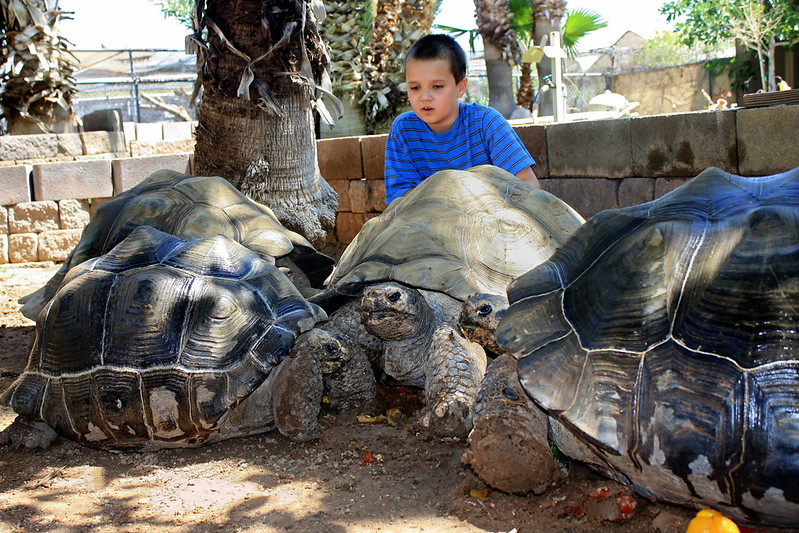EDIT: I just discovered that PHS lost their beloved alligator Tuesday on July 15, 2012. She was an awesome ambassador (over 300,000 kids got to met her!) and will be missed. I'm so sorry for the loss. You can read tributes to Tuesday on her memorial page, and add your own if you have something to share.
*****
Have you ever wanted to see a snake disarticulate its jaw? Think you can figure out what a ball python weighs? Haven’t you ever wanted to see a crocodile up close? Get trampled by a bunch of hungry tortoises?
If you’re an adult like me (by which I mean an adult who is still mostly a child), the answer to all of these questions is a resounding yes. The Phoenix Herpetological Society (PHS), located in Scottsdale, can provide all this and more. This is even better news if you have a few excuses to go -- I mean, if you have children of your own.
The PHS was founded in 2000 to rescue and rehabilitate native and non-native reptiles, displaying some for education and releasing or giving homes to reptiles when possible.. Since then it has expanded, and now houses over 1,400 reptiles; including the recent addition of some extremely rare crocodilians, an entire room devoted to venomous snakes, and a veritable stampede of African tortoises. And they give tours.
During a tour lasting about two hours, a worker at the sanctuary gives visitors -- kids and adults alike -- an overview of the facility’s reptilian residents. Quick: What's your favorite reptile? I all but guarantee you PHS has one, and knows more about it than you do.
After a brief introduction to the PHS’s mission, our small group visited the facility’s tortoises.
In a lowered, shaded area near the entrance, three Galapagos tortoises and some Aldabra giant tortoises (similarly-sized relatives from a different island) basked in cool mud. Kneeling beside the giants, outweighed by hundreds of pounds, my son was enthralled.
Next, we visited a pen with about sixty African spurred tortoises. It was feeding time, and we got to help. Turning over crates of fruits and vegetables, our guide, Daniel Marchand, invited visitors to climb in and help feed the tortoises. The large, eager tortoises moved surprisingly quickly, climbing over one another to follow anyone with a celery stalk.
From there we toured “lizard alley,” and got to watch the lizards (some rare and endangered) slurping up flowers or, in the case of an erstwhile Asian water monitor, attempt to mate.
At the iguanas, Daniel advised us why the lizards, while gorgeous, don’t make great pets.
“There comes a time where a male iguana is only looking for one thing. If you’re not a female iguana, he’s going to get unhappy and maybe aggressive,” he said. Many of PHS’s reptiles are rescues after previous owners couldn’t care for the exotic animals.
Next our group visited the crocodilian residents of PHS. Endangered and extremely rare species; including a New Guinea crocodile, Nile crocodile, Yacare caiman, and African slender-snouted crocodile, which PHS is helping to conserve; stared at us from cool pools.
Next we toured the snakes of the “venom room,” the largest collection of venomous snakes in the state, and one of the largest in the western United States. It’s the best (and safest) up-close view you could hope for of an incredible variety of snakes, including several different rattlesnake species; spitting cobras; a black mamba; and the New Guinea taipan, which is, drop for drop, the most venomous terrestrial snake in the world. It uses a big dose of venom in each bite, sometimes enough to kill fifteen human adults. These were all facts enthusiastically repeated to my husband as soon as my son walked through the door.
In the last room, Daniel showed us a photo of a rattlesnake bite, in case anyone needed the “snakes aren't toys” point driven home, and we toured enclosures of pythons, boas, and other non-venomous snakes and lizards, as well as some tiny hatchlings that I was surprised to discover were the same species as the huge African tortoises we’d fed earlier in the tour. The tortoises were just beginning to emerge from their eggs, some just barely peeking through cracks in the shells. Daniel explained that it’s important not to disturb the eggs (the tortoise inside can drown), and showed us the “belly buttons” the hatchlings still have until they’re a bit older. My son had to be dragged away.
The PHS focuses year-round on education, including special holiday-season tours, summer camps, and outreach efforts. Last year they reached more than 109,000 people, mostly kids, with their educational programs.
My family has always had an affinity for exotic animals. The creepier, crawlier, scalier, and weirder; the better.
The PHS is fantastic if you feel the same way, but it might be even better if you don’t. What better place to be exposed to these amazing creatures than a sanctuary devoted to preserving and respecting them?
My son and I were thrilled to see a sincere love for reptiles that surpassed even our enthusiasm. Crocodiles rock, and so does the Phoenix Herpetological Society.
Tours are $20 for adults, $15 for kids (ages 3 and under are free). Visit PHS at www.phoenixherp.com or call to book a tour at 480-513-4377 (HERP).
*****
And, because I have absolutely no self-control, please enjoy a bunch of additional images from the Phoenix Herpetological Society. Seriously, you should give them a call.
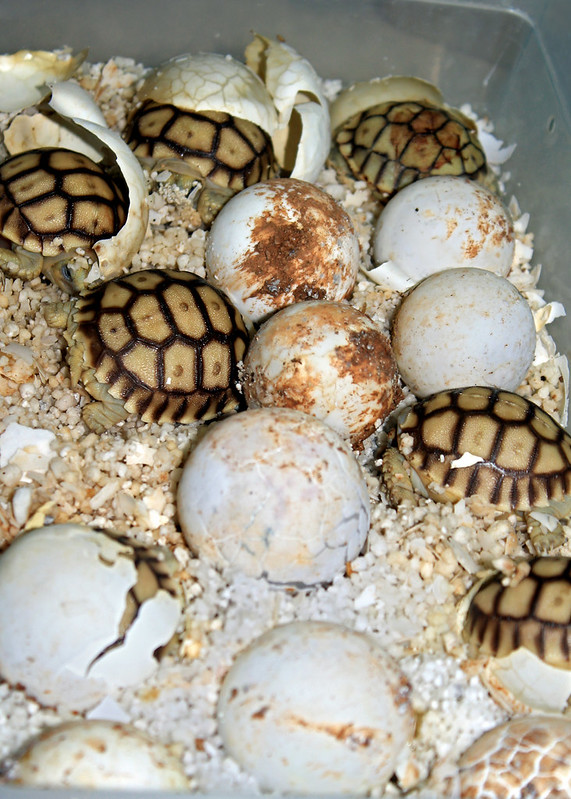 |
| African spurred/sulcata tortoise (Geochelone sulcata) hatchlings |
 |
| Yes, another sulcata tortoise hatchling. Come on. You wouldn't have been able to resist either. |
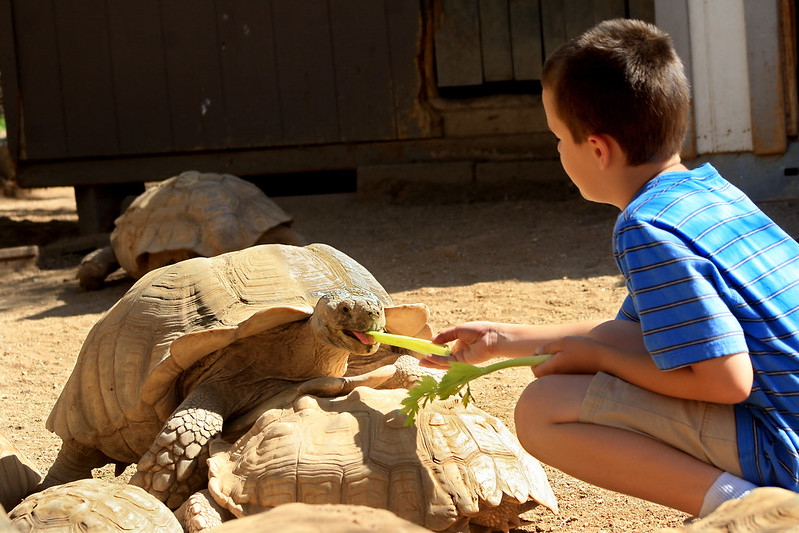 |
| Last sulcata; promise. The grown-up version this time. |
 |
| A Nile crocodile, a little over nine feet long. Seriously, look at those eyes. |
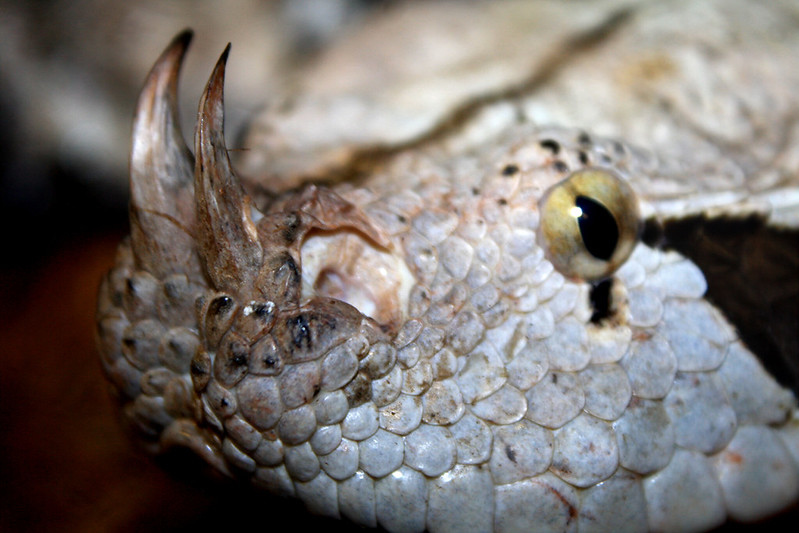 |
| A West African gaboon viper. His name is Tank. |
 |
| A Western diamondback rattlesnake in the venom room. |
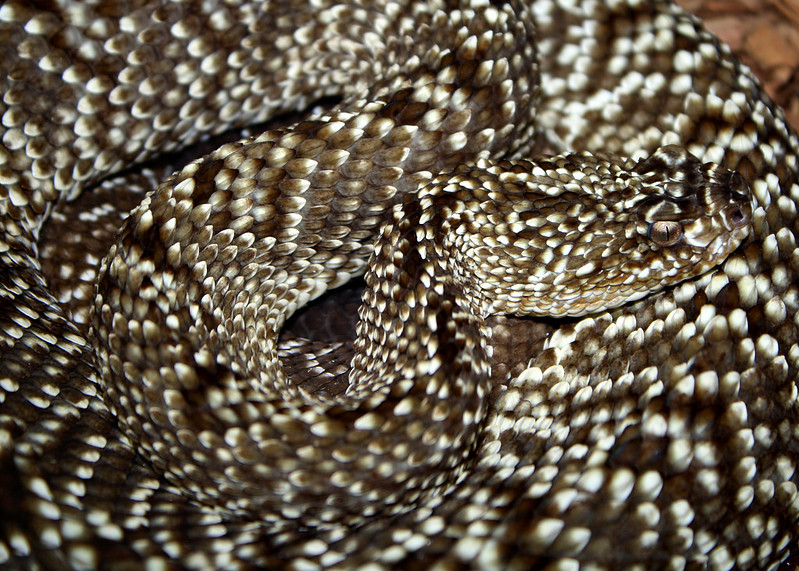 |
| A Urocoan rattlesnake. I don't even know how I'd ever spot this snake in the wild. So gorgeous. |
 |
| A prairie rattlesnake, showing off an impressive rattle. |
 |
| OK, one more of the Western diamondback. Couldn't help myself here either. |
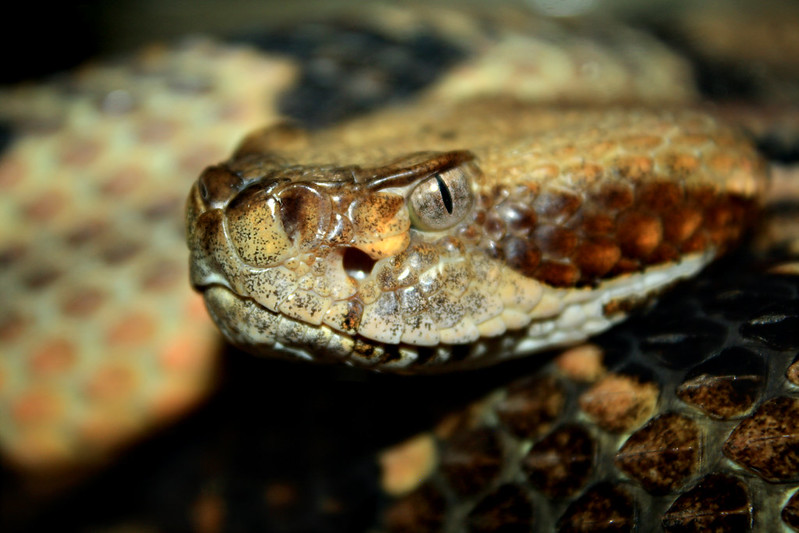 |
| Last but not least, an insanely gorgeous canebrake rattlesnake. And there are about 200 more venomous snakes where these beauties came from. |
